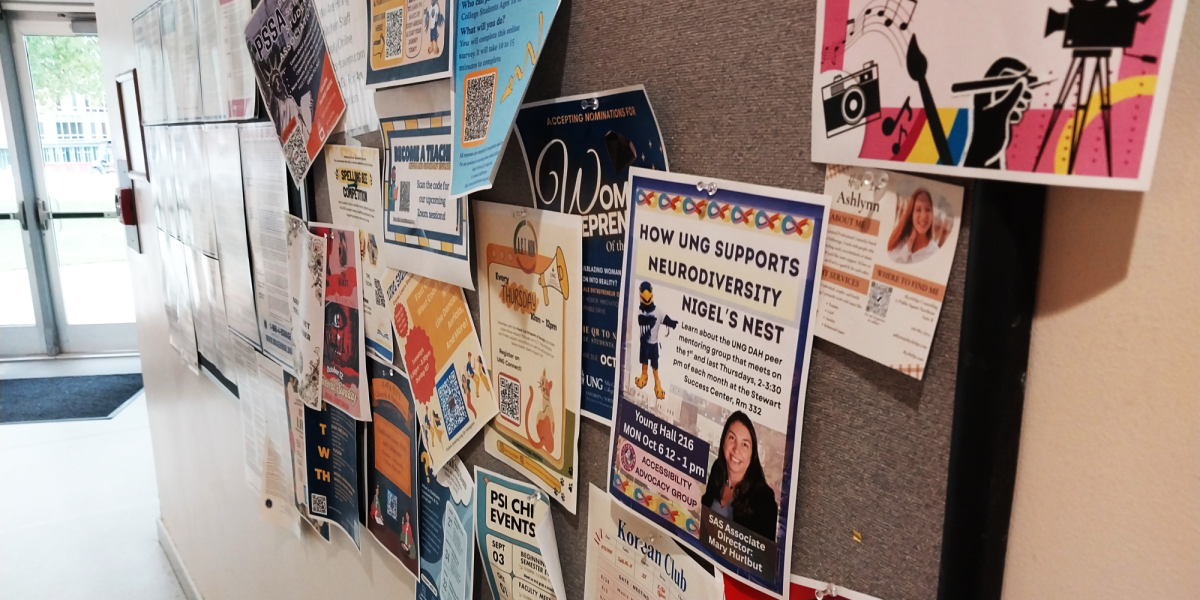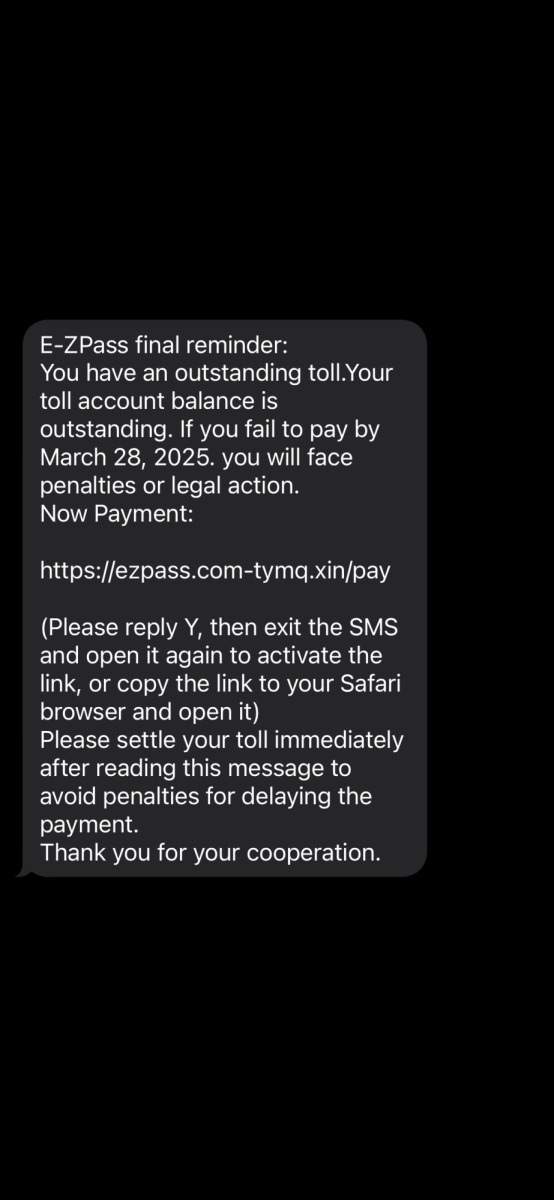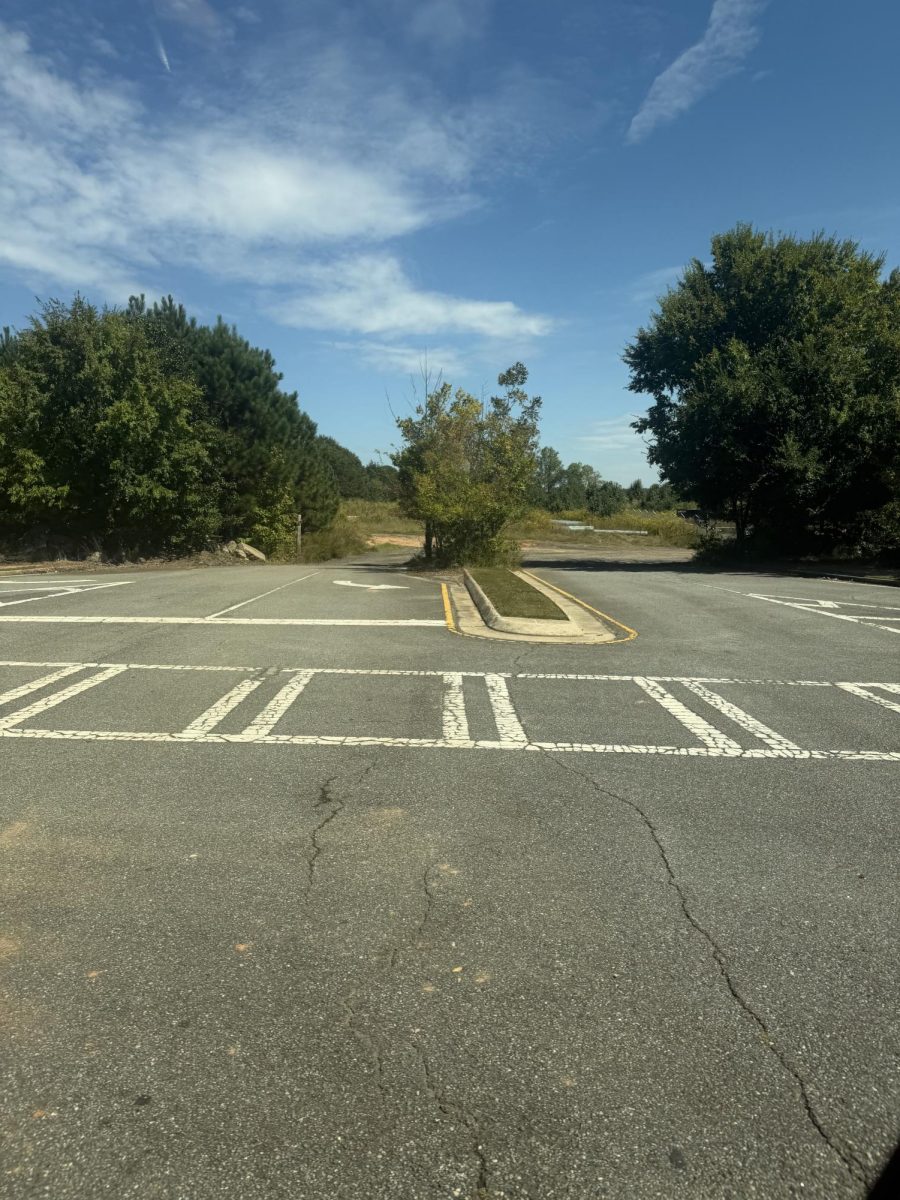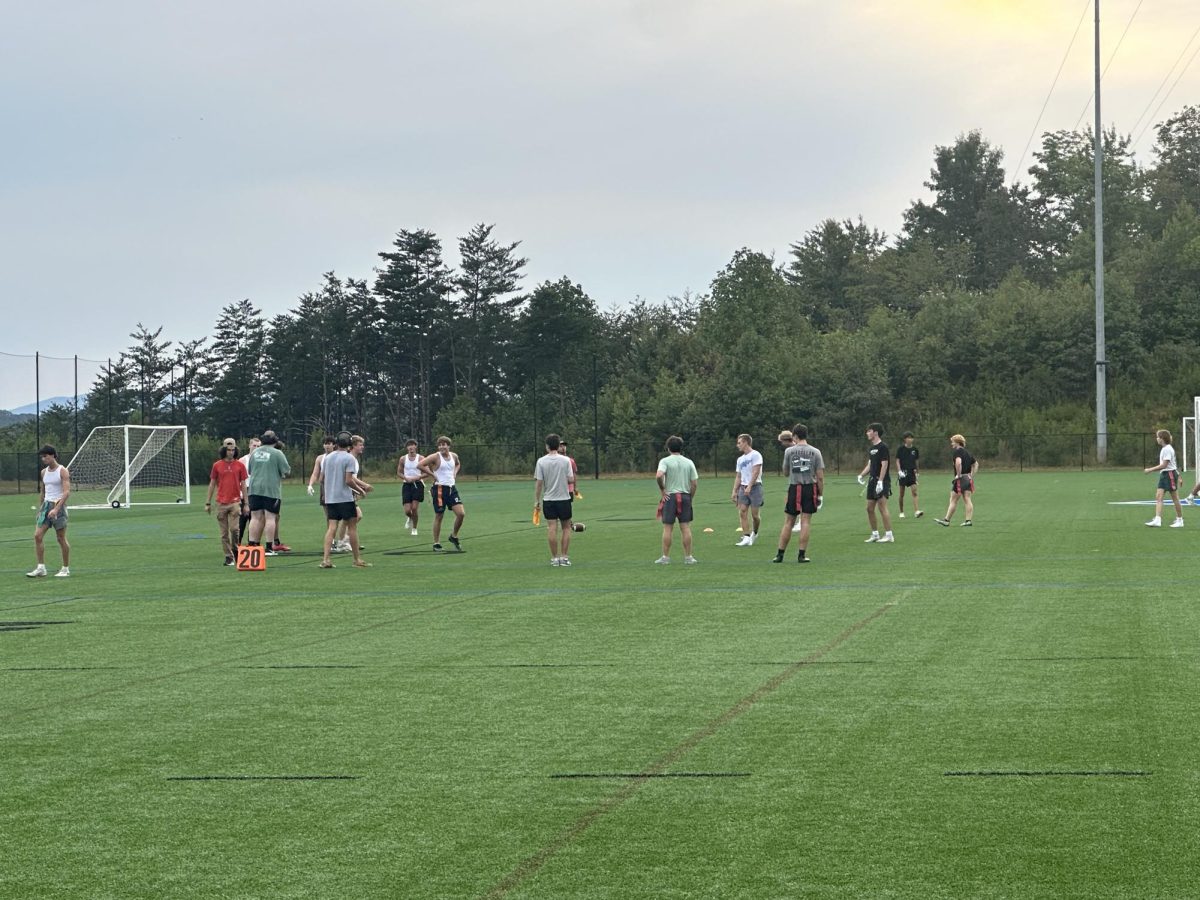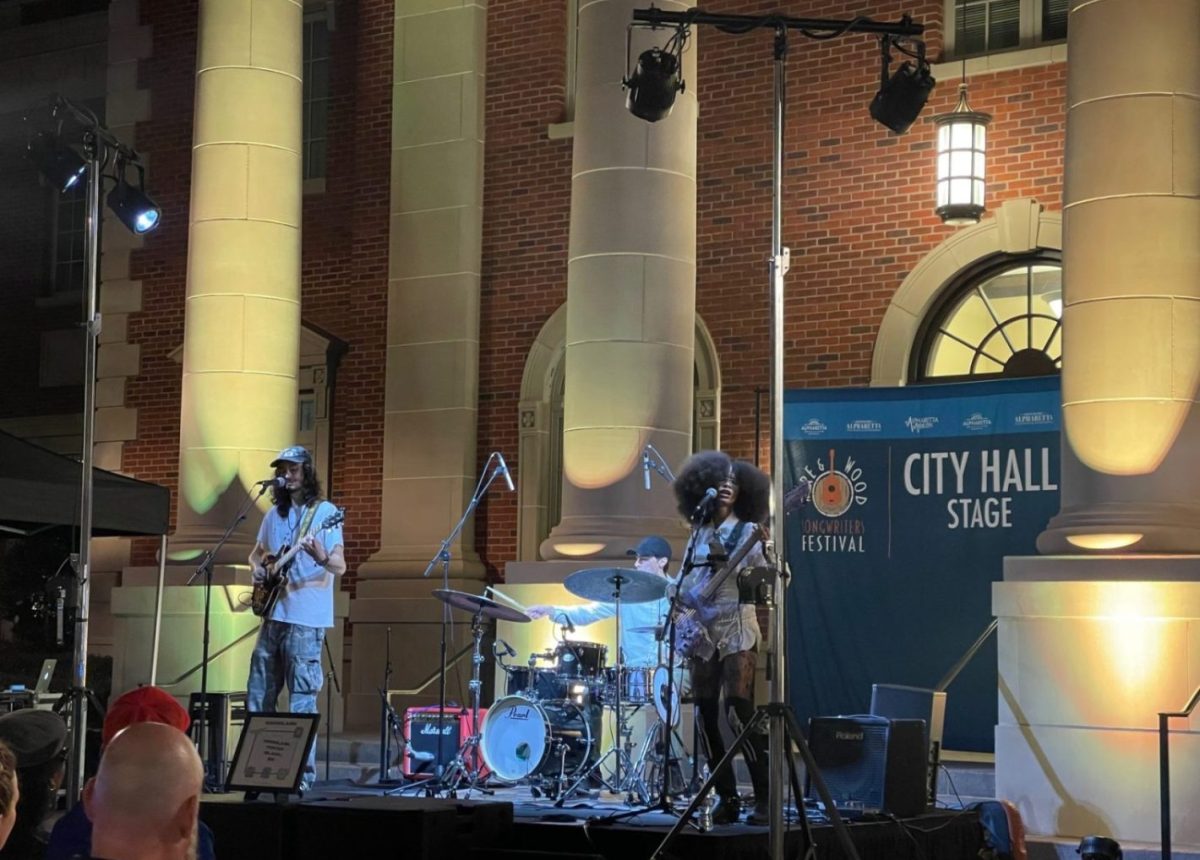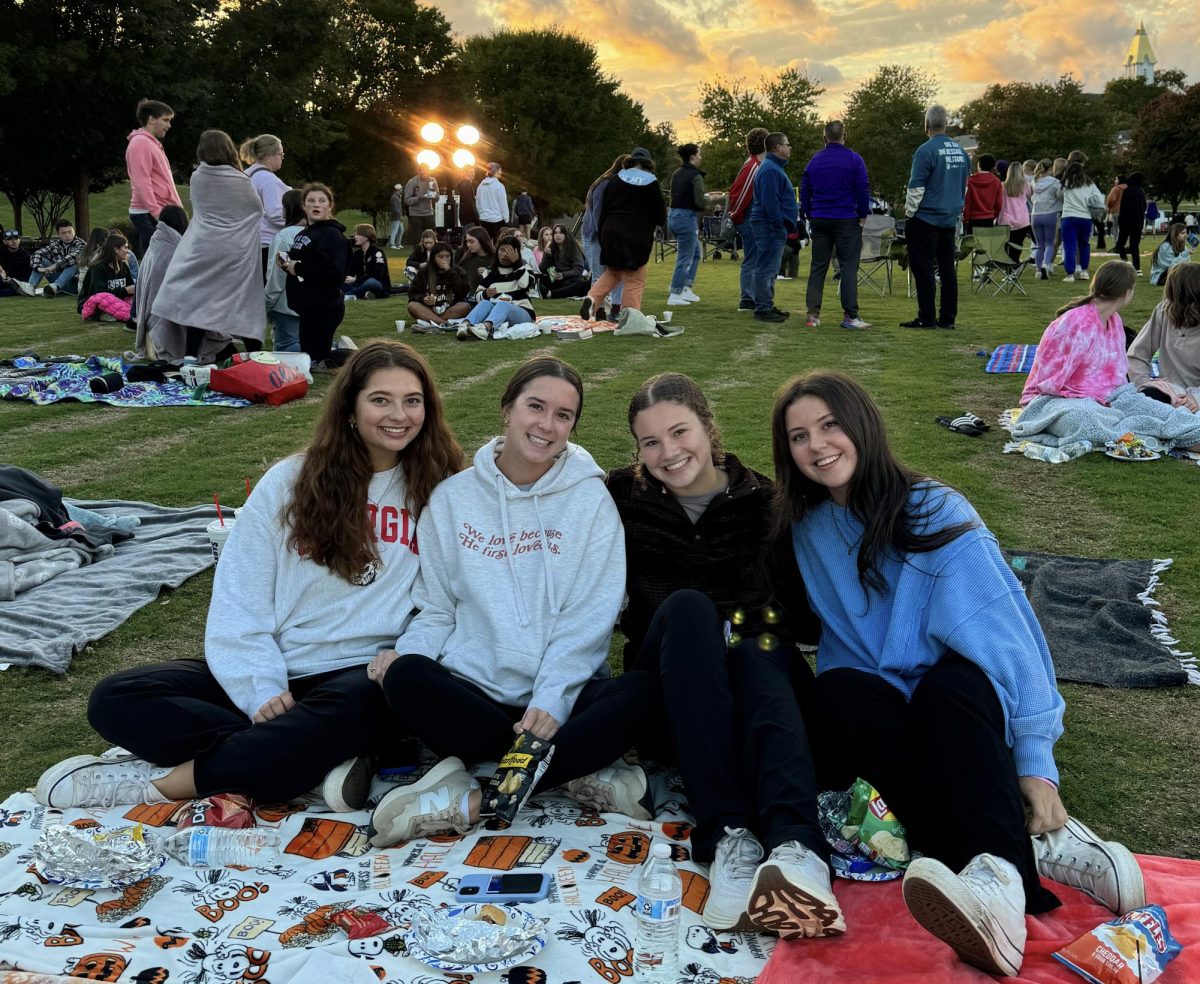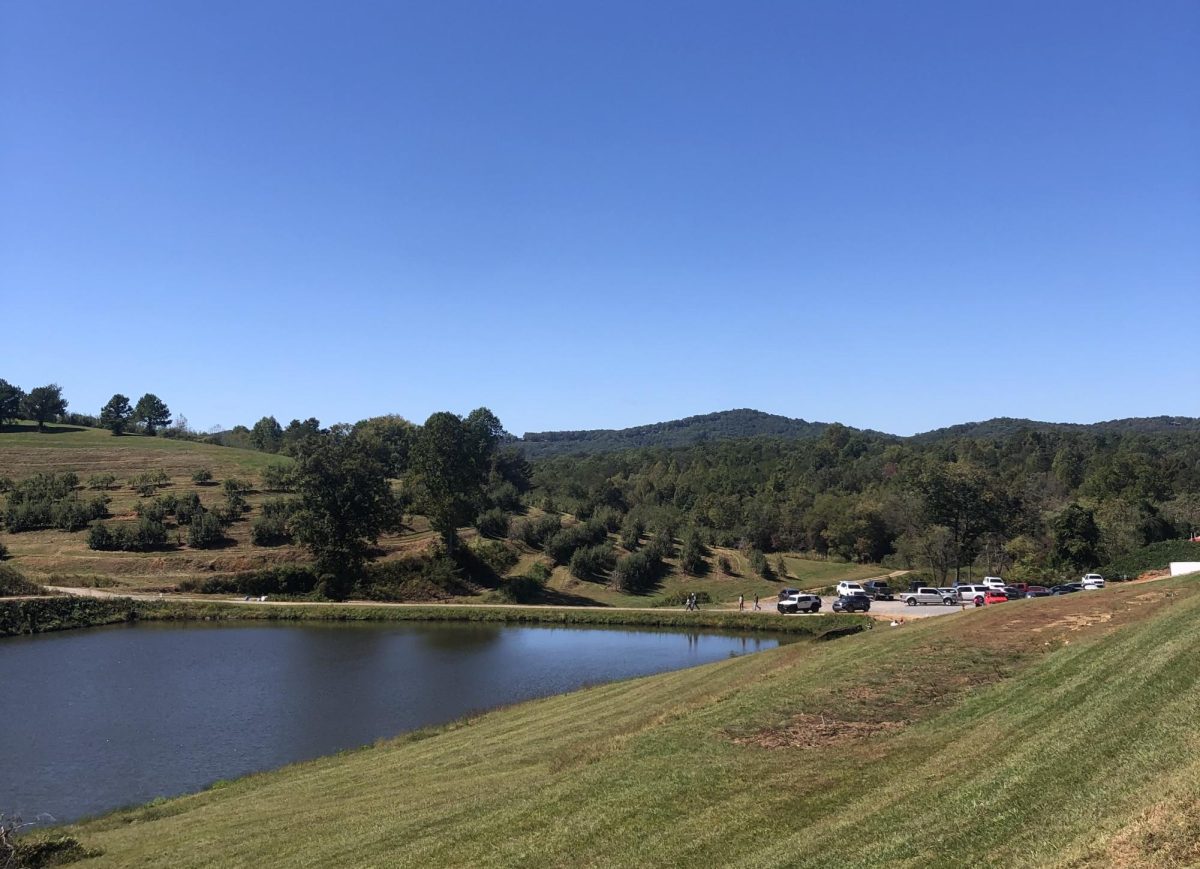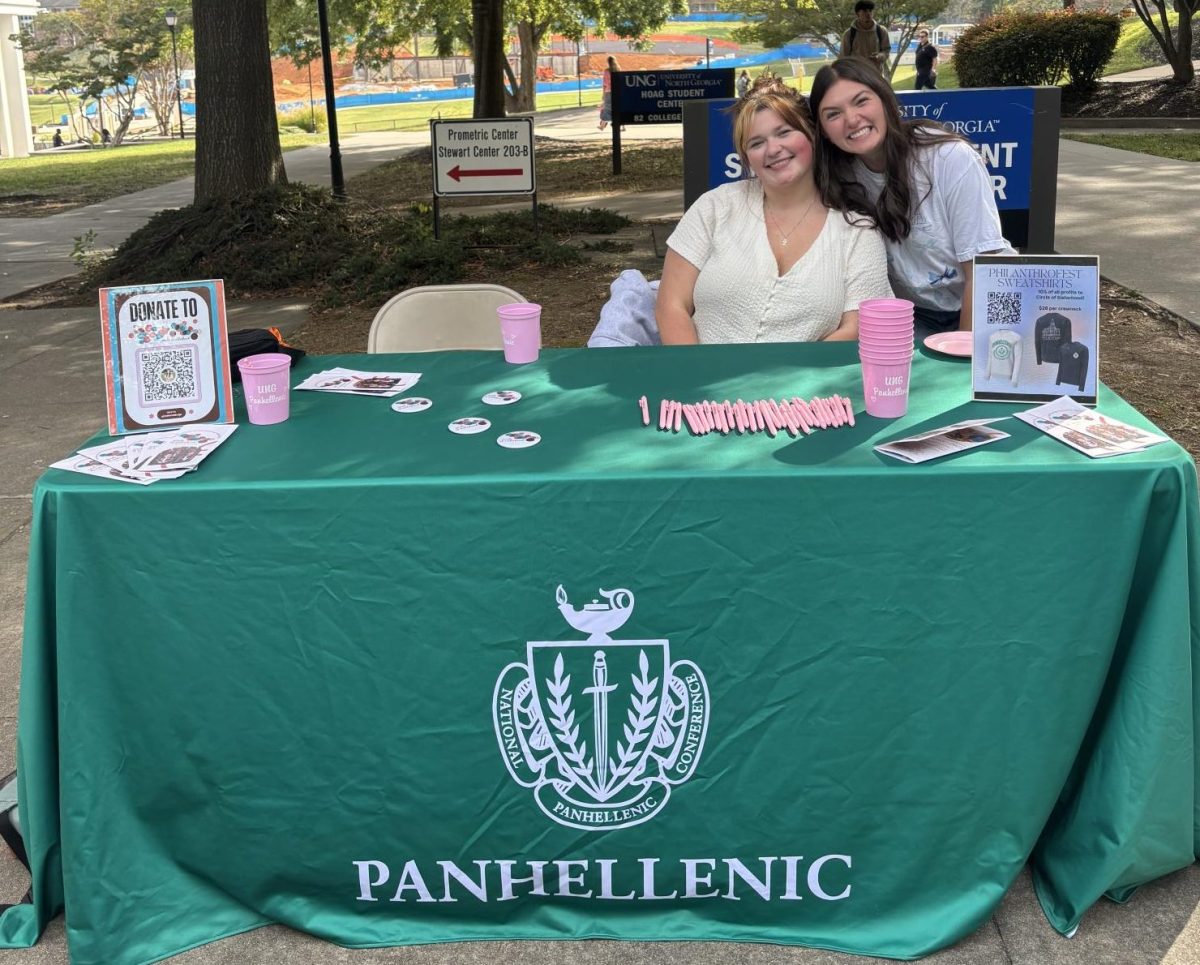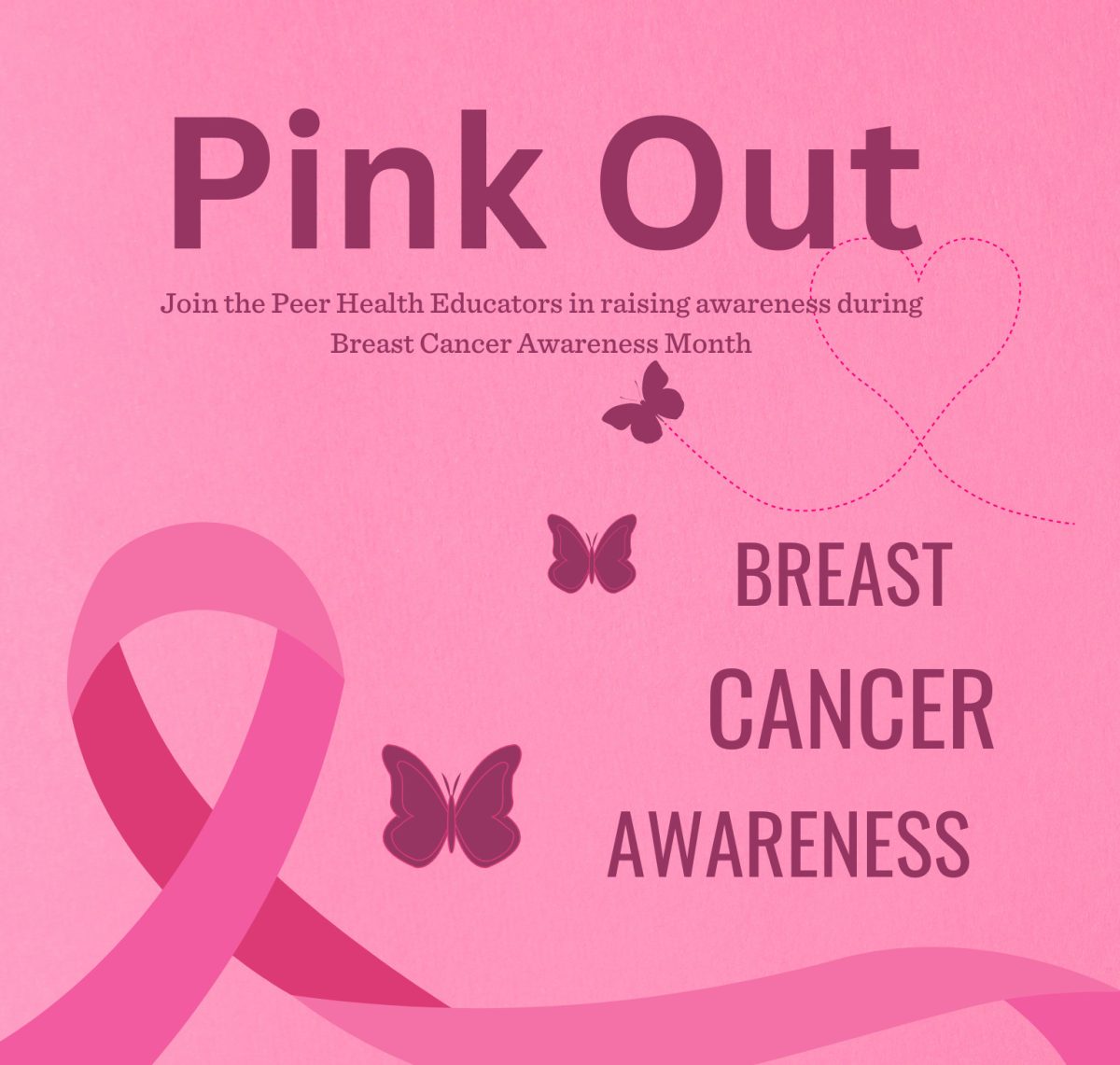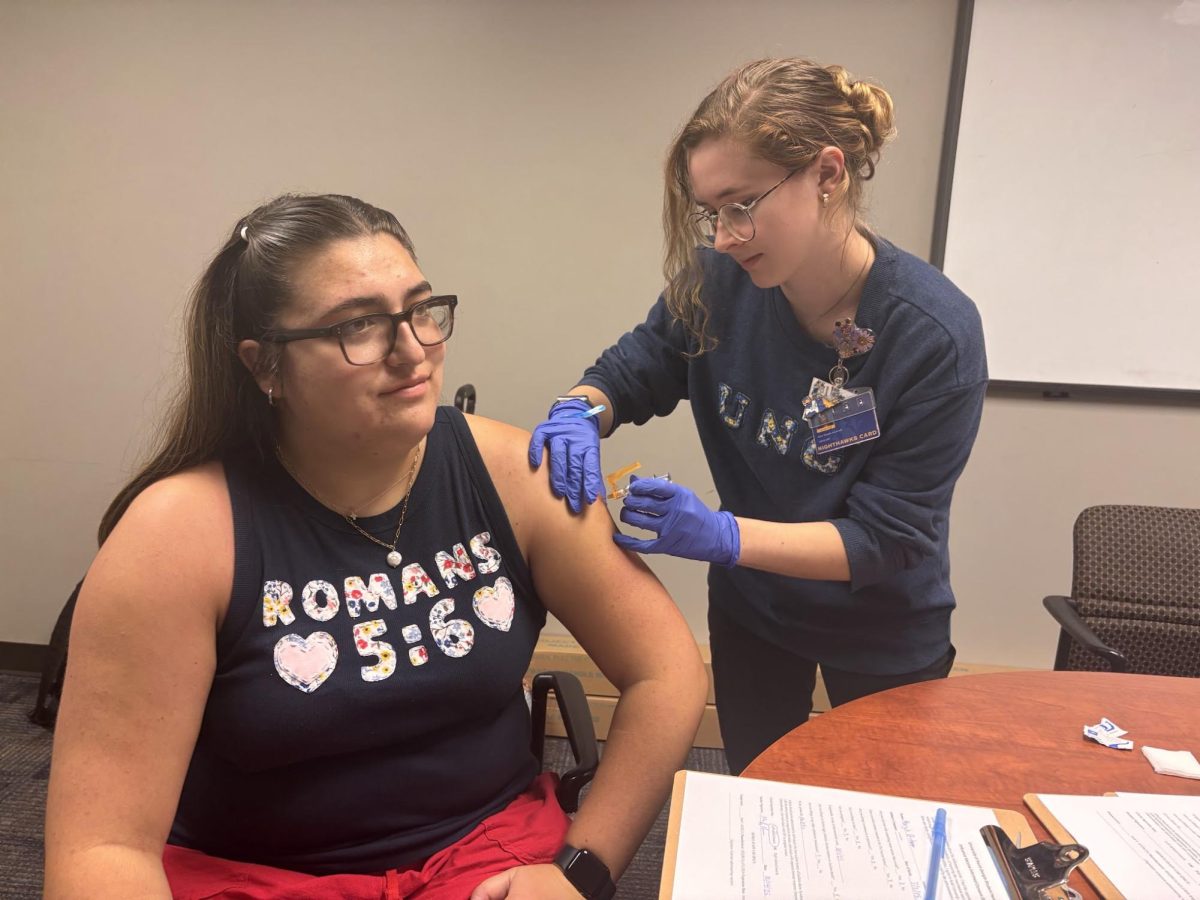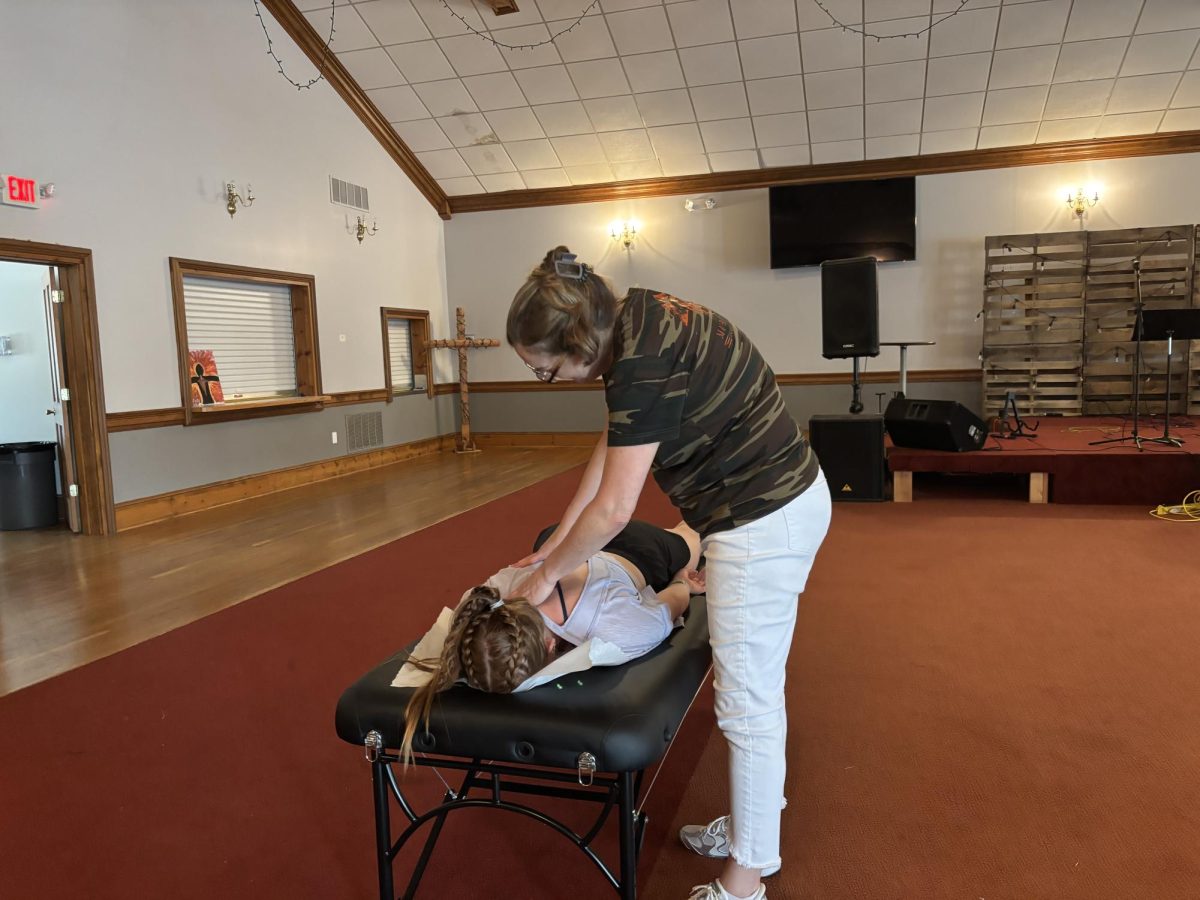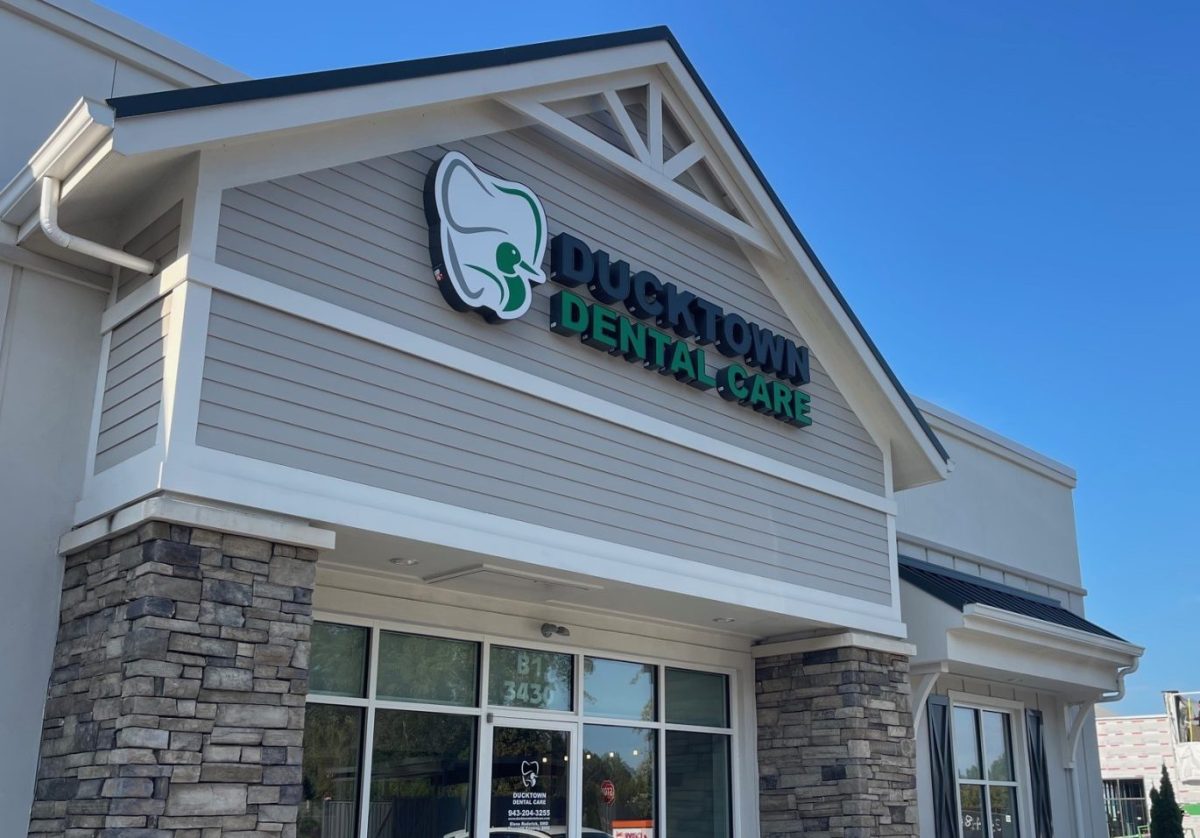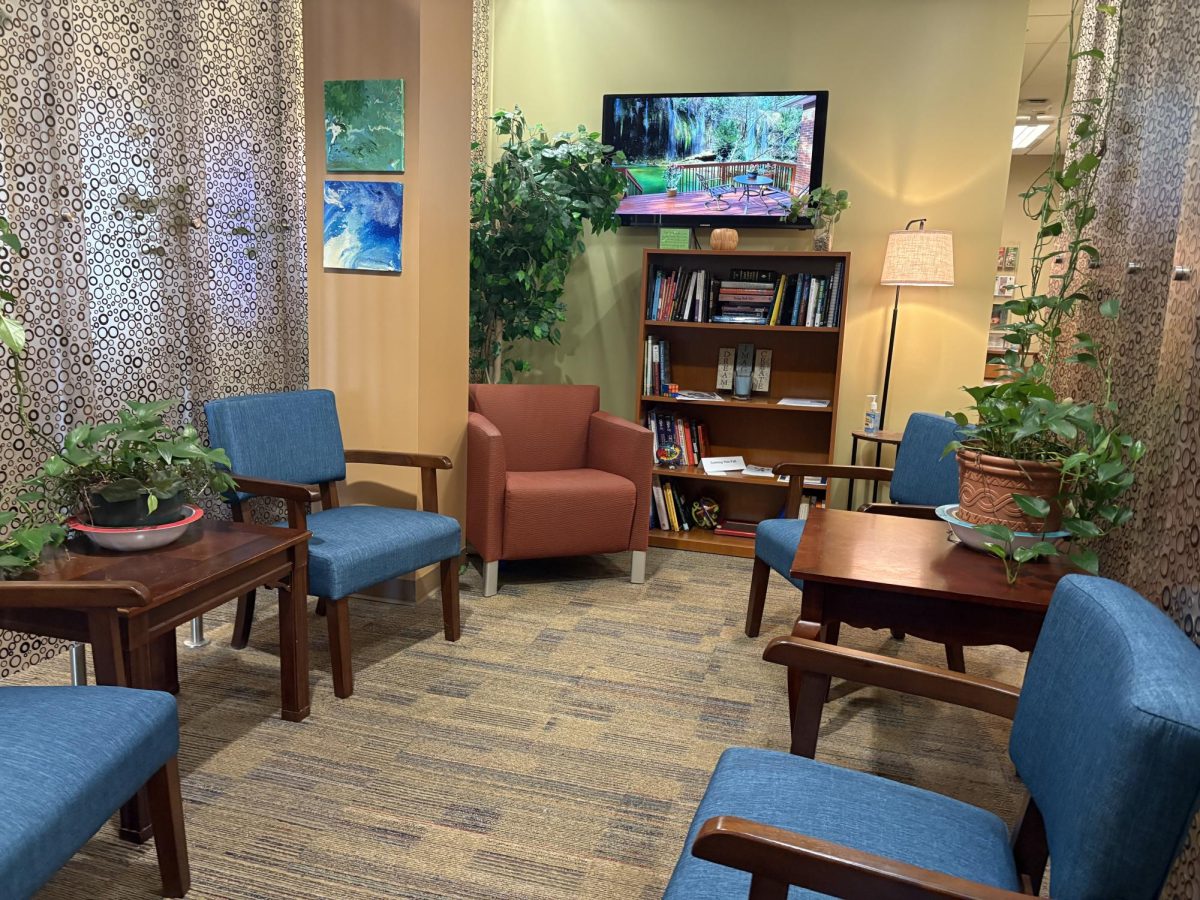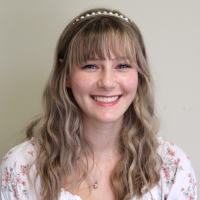The University of North Georgia will observe Breast Cancer Awareness Month in October with Pink Out events on two of its campuses.
UNG Campus Recreation and Wellness will hold the event on the Dahlonega campus on Oct. 1 and the Gainesville campus on Oct. 2. Dahlonaga’s event will be from 11 a.m. to 1 p.m. Gainesville’s will take place at the Student Center from 11 a.m. to 2 p.m.
Sara Freeman, UNG’s coordinator of Fitness, Wellness and Health Promotion, shared that even though most college-aged people do not have a high risk for breast cancer, the university aims to encourage awareness about the disease and how to detect signs early.
“[Breast cancer] is not necessarily something you go to the doctor now for,” Freeman said. “You don’t get a mammogram in your 20s. You don’t start doing that until later, but you still should be doing self-examinations and just knowing, ‘What am I looking for when I’m doing a self-examination?”
Both events will feature an appearance from the East Georgia Cancer Coalition. The Athens-based 501(c)(3) provides health education and resources to cancer patients and survivors in 53 counties throughout the state. EGCC CEO Smitha Ahamed said the organization’s main takeaway for college students is to be aware of their family’s history with cancer and educate those around them.
“There is a link between being high risk for breast cancer and ovarian cancer as well as prostate cancer. They are linked to the same mutation. So, asking family members about that is important, as well as starting some good habits like knowing how to perform a self-exam [and] going and getting a clinical breast exam as often as recommended or necessary based on your history.” – Smitha Ahamed, CEO of East Georgia Cancer Coalition
On average, most breast cancer organizations advise that individuals should begin screening for breast cancer by age 40. Ahamed emphasized that screening may start as much as 10 years earlier, depending on an individual’s situation.
“Your doctor may feel you may need to start [screening] earlier, depending on your family history,” she said. “For instance, if your family member was diagnosed at age 35, then your provider may say, ‘Well, ten years earlier from that point of that diagnosis, so maybe we want to start screening you at 25.”
The Centers for Disease Control estimates that roughly 270,000 women are diagnosed with breast cancer each year. Ahamed said while the disease impacts women in more significant numbers, men can also be diagnosed.
“One to two percent of all breast cancer cases are actually in men,” she said. “It’s important to look for family history for [men] as well… for males, it’s a little more important if they notice a lump to bring it to the attention of their health care provider. It’s not something most doctors regularly look for [in men].”
The CDC describes symptoms of breast cancer to include any change in the size or the shape of the breast, pain and the development of new lumps to any area of the breast.
To learn more about the resources EGCC provides, click here.

